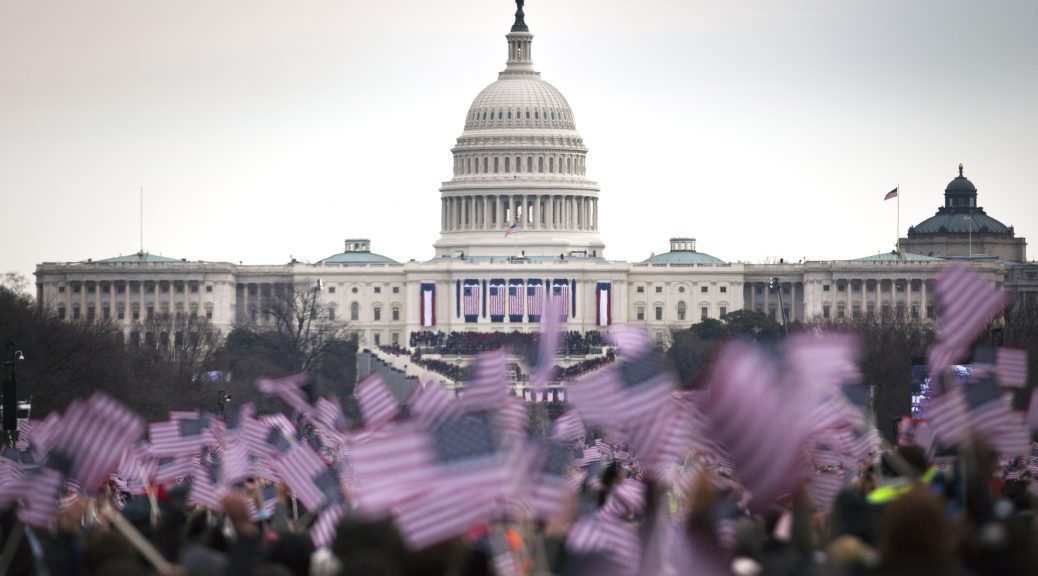
Even Before Coronavirus, America’s Population Was Growing at Slowest Rate Since 1919
Post by Charles Gatnik. Colgate Class of 2023.
Article: “Even Before Coronavirus, America’s Population Was Growing at Slowest Rate Since 1919,” The New York Times, March 26, 2020.
Our economy, here in the United States, is sustained by our domestic workforce; however, that workforce is shrinking rapidly, and it is not just due to the current coronavirus pandemic. As immigration to the United States continues to decline, our population, and therefore our workforce, may see negative change for the first time in more than a century. In this New York Times article, United States domestic affairs correspondent Sabrina Tavernise highlights the various elements contributing to the supply shifts that we are currently observing in the United States labor market. She also discusses the impact of labor market supply shifts, as seen in other developed economies where such a phenomenon has occurred.
Three primary variables influence labor market supply shifts: net migration, total deaths, and total births. As yearly birth rates have trended down throughout the past decade, new immigration restrictions enacted under President Trump as well an increased death rate due to coronavirus could push the United States even closer to a negative population change this year. This decline in population change may pose a great issue for the United States. Combining a reduced labor force with a burgeoning retiree population has put significant pressure on many national economies, as is the case in countries such as Greece, Germany, Italy, and Spain.
Typically, immigration is enough to compensate for a negative net population change due to the United States birth and death rates. However, migration has fallen sharply throughout the Trump presidency. With an increase in the death rate due to coronavirus, our declining immigration flows may not be enough to make up the difference. As of July 2019, the immigration rate was half of what it was in 2016, at merely 595,348 people. That, combined with the 3.79 million births and 2.83 million deaths in 2019, meant a mere 1.5 million person increase in the United States population: 0.48 percent.
What’s more, we must consider the fact that the birth rate cannot affect the supply of labor in the United States in the short term, whereas immigration can. Through this lens, the rising death rate due to COVID-19 and the falling immigration rate due to Trump-era immigration reform spell an even more dire future for the supply of labor in the United States.
While coronavirus is undoubtedly exacerbating the decline in the United States population, it is crucial to recognize that this decline has been a trend over the past ten years. We are currently heading for the slowest decade of economic growth since the 1790s, according to William Frey, the chief demographer for the Brookings Institution. Many, like Tavernise, wonder how the United States may cope with this issue. And, as immigration is still a highly contentious issue here in the United States and around the world, there remains no clear indication of what the future may hold regarding population policy.